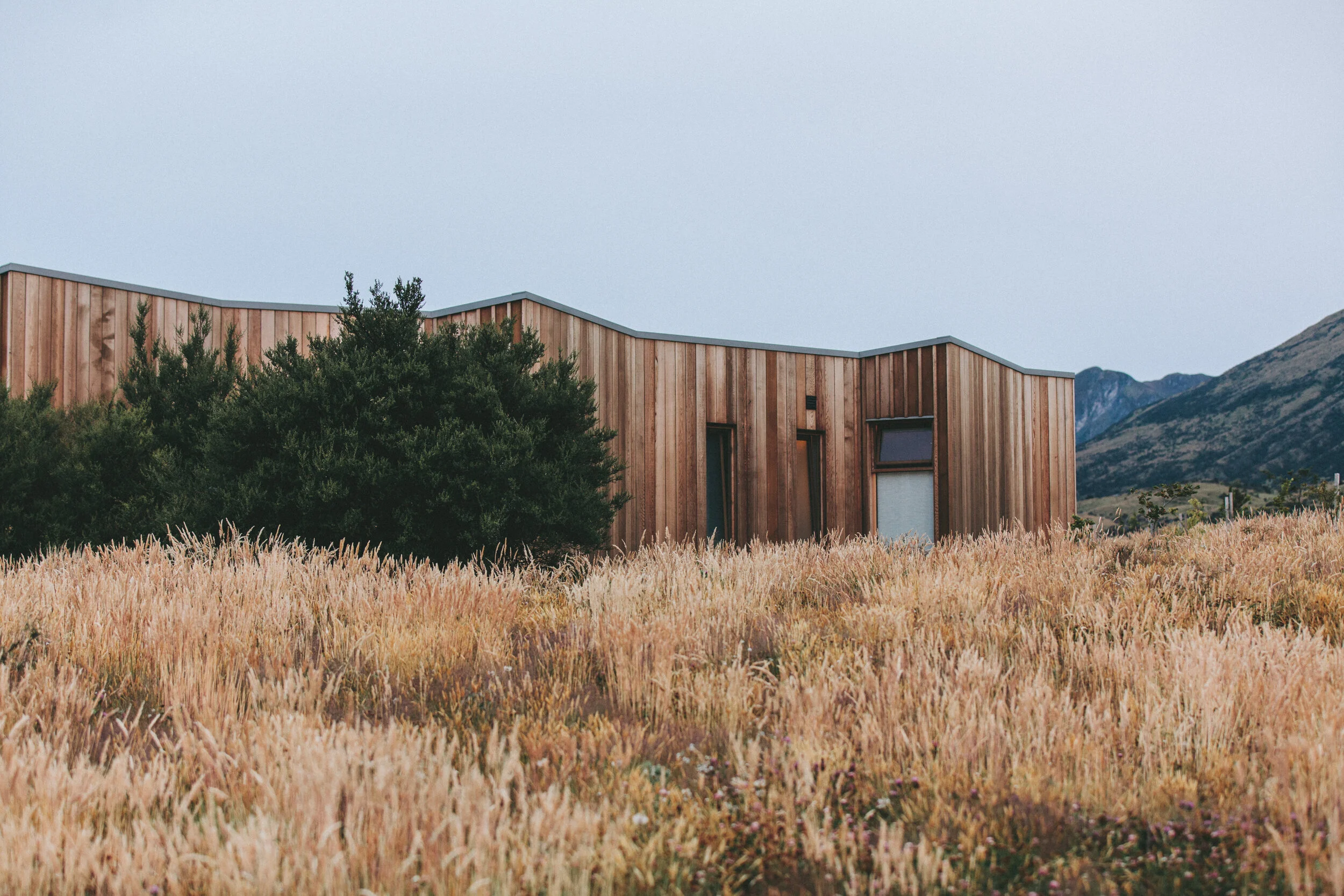
25 Principles of Building Biology
1. Use natural and unadulterated building materials.
2. A building shall have a pleasant or neutral smell, not releasing any toxins.
3. Use building materials with the lowest possible level of radioactivity.
4. Protective measures against noise and vibration pollution need to be based on human needs. Indoor climate
5. Regulate indoor air humidity naturally by using humidity-buffering materials.
6. The total moisture content of a new building shall be low and dry out quickly.
7. Strive for a well-balanced ratio between thermal insulation and heat retention.
8. Optimise indoor surface and air temperatures of a given space.
9. Promote good indoor air quality through natural ventilation.
10. Use radiant heat for heating.
11. Interfere as little as possible with the natural balance of nature’s own background radiation.
12. Prevent exposures to human-made sources of electromagnetic fields and radio-frequency radiation.
13. Minimise exposures to mould, bacteria, dust, and allergens. The environment, energy, and water
14. Minimise energy consumption while using renewable energy whenever possible.
15. Prefer regional building materials, not promoting the exploitation of scarce and hazardous resources.
16. Building activities shall cause no environmental problems.
17. Choose the best possible drinking water quality. Interior design
18. Take harmonic measures, proportions, and shapes into consideration.
19. Select light exposures, lighting systems, and colour schemes following natural conditions.
20. Base interior and furniture design on physiological and ergonomic findings. Building site
21. Site buildings on land free from geological and human-made disturbances.
22. Locate residential homes away from pollutant and noise sources.
23. Provide low-density housing with sufficient green space.
24. Develop individualised housing and settlements in harmony with nature in ways that support human and family needs.
25. Building activities shall cause no social problems.

